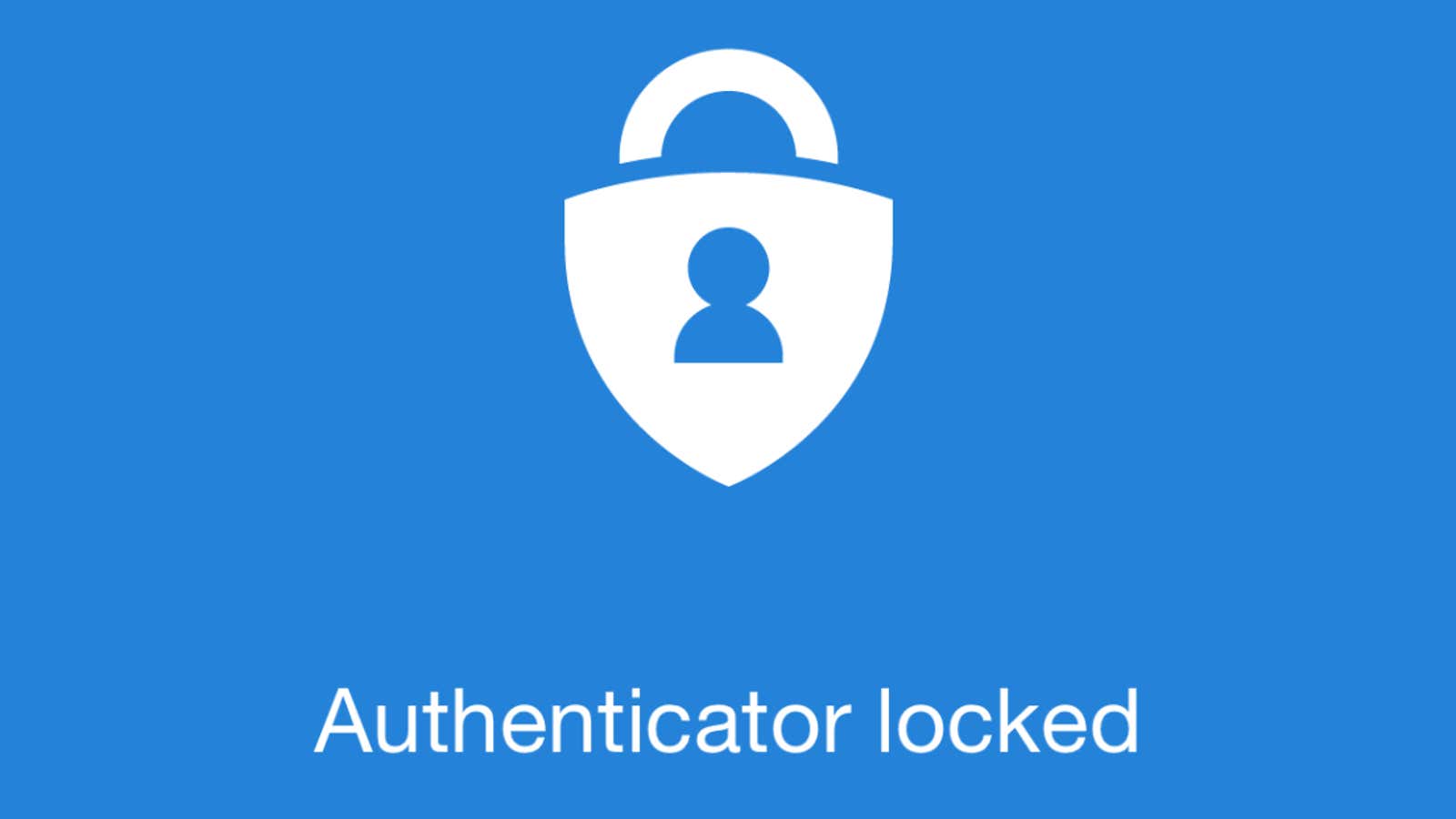Turn Microsoft Authenticator Into a Password Manager

Microsoft is testing a new password management feature in its Authenticator app, making the former even more useful as a one-stop center for all of your account information. It’s very easy to set up and allows you to sync passwords between iOS and Android, and Chrome and Edge on your desktop.
To get started, download (or update) the Microsoft Authenticator app. Sign in with your Microsoft account and you should now be able to use the app itself as a key-based authenticator (or touch-enabled authenticator). I’m already a fan.
From there, click on the three-line hamburger icon in the upper left corner and click on Settings . In the Beta section, enable autocomplete .
You will be prompted to sign in again with your Microsoft account. Do this, turn on password sync when prompted, and you will now see a completely new section in the Authenticator for passwords app:
Then, in this section, you’ll see any passwords you’ve previously saved to your Microsoft account, such as any passwords you’ve saved while using the Edge browser. And you can set up any device you use to autocomplete password requests using the Microsoft app.
However, if you want to extend the functionality of this beta tested password manager, you need to do a little more. Obviously, you can install the app on whatever iOS or Android devices you use (as well as the iPad). And if you’re using Microsoft Edge and you’re signed in, any passwords you save or change will sync to the cloud and appear on the specified devices. You can also download the extension of the Chrome Autofill , which provides the same functionality of a competing browser.
While autocomplete isn’t as elegant or security-focused as, say, 1Password , it’s free to use. You can view, delete and edit saved passwords. If you are switching from a different password manager, you can also import saved passwords from a .CSV file. That’s it – basic functionality, but a decent password manager if you’re already immersed in the Microsoft ecosystem. And now that you can combine it with an authenticator, it’s a pretty handy security package.